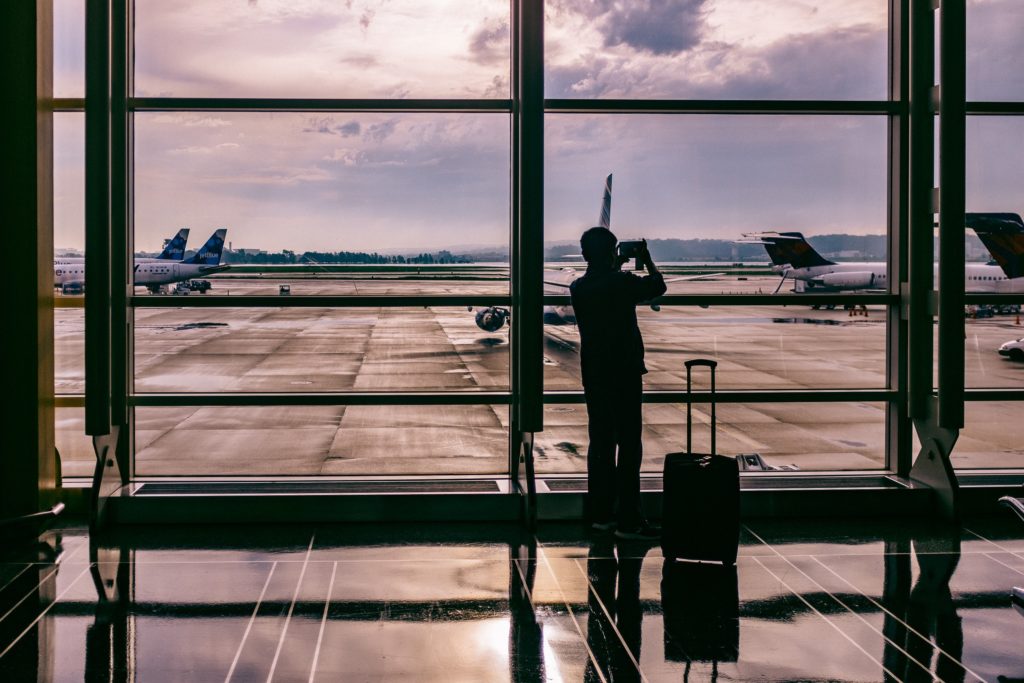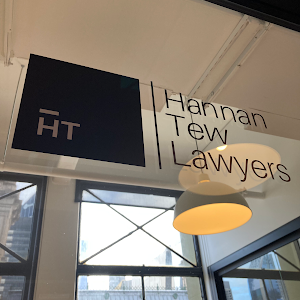
A Bridging Visa A (BVA) is granted to individuals in Australia who, while holding a substantive visa, lodge a further substantive visa. The BVA would remain “out of effect” until the individual’s current substantive visa ceases, and come “into effect” the day following the visa expiry permitting the holder to remain in Australia during the processing of the new substantive visa application.
While a BVA permits the holder to remain in Australia during processing, they would typically need to seek permission if they intend to travel out of Australia and return during processing. This is obtained in the form of a Bridging Visa B (BVB). Where this permission is not first obtained before departing Australia, the BVA would be lost, and the individual would need to seek a separate visa to return to Australia. More information about other Bridging visas, including BVA and BVBs can be found here.
In addition to this travel limitation, there are a number of visa conditions that may be imposed on a BVA which are outlined below.
What conditions could be imposed on a BVA?
Conditions imposed on a BVA can relate to the holders’ ability to work or study in Australia, either by restricting work all together (8101 and 8103), or through other limitations such as:
- the amount of time you can work each fortnight (8104 and 8105);
- only undertaking work that is related to study/training (8102);
- the amount of time you can work for the same employer (8108 and 8547);
- the employer that you can work for (8107);
- what occupation you must work in (8607 and 8107); and
- the area which you live, study, and work (8539 and 8549).
Conditions can also include the requirement to:
- maintain adequate health insurance (8501); or
- not become involved in activities disruptive to, or violence threatening harm to, the Australian community or a group within the Australian community (8303).
An exhaustive list of the various conditions which can be imposed on a BVA under the Migration Regulations 1994 (the Regulations) can be found on the Department of Home Affairs website here.
Which of these conditions would apply to my BVA?
The conditions that will be imposed on an applicant’s BVA will depend on both the substantive visa held at the time of application, and the new substantive visa application which has been made.
Generally speaking, an applicant would receive a BVA with some (or all) of the same conditions that applied to their most recently held substantive visa – but only where it is legislatively possible to do so.
For example, if a Visitor (Subclass 600) visa holder with conditions 8101 and 8201 makes a valid application for a Temporary Skill Shortage (TSS) (Subclass 482) visa while in Australia – the BVA granted to the person in association with the TSS visa application would have condition 8101 imposed, but not condition 8201 because the regulations does not provide for condition 8201 to be imposed on a BVA.
Exceptions to this rule, where a BVA will be granted with no conditions, include applicants:
- who have demonstrated they have a ‘compelling need to work’ (see “applying for work rights” below);
- for a Protection (Subclass 866) visa;
- for certain onshore Parent and Partner visas (Subclasses 820/801, 804, 884, 864 visas);
- for certain business visas (Subclasses 132, 188, and 888);
- for certain skilled visas (Subclasses 189, 190, 491, 489, and 887); and
- for certain employer sponsored visas (Subclass 186, 187, and 494 visas).
There are various other unique exceptions specific to certain visas, or where only limited conditions can be imposed. For example Temporary Graduate (Subclass 485) visa applicants would only have the condition to maintain adequate health insurance (8501) imposed on their BVA.
I have been granted a BVA – where can I find the conditions imposed?
You can find the specific conditions which apply to your BVA either on your visa grant letter, or by conducting a Visa Entitlement Verification Online (VEVO) search here.
Applying for work rights
If your ability to work is restricted by the conditions of your BVA, you may be able to apply for a further BVA with work rights if you can demonstrate a ‘compelling need to work’ which is typically demonstrated by showing that you are in ‘financial hardship.’
To demonstrate this, you would need to show that the costs of your reasonable living expenses is close to (or exceeds) your ability to pay for them.
More information?
At Hannan Tew Lawyers we have assisted numerous clients to understand their BVA conditions, and to apply for BVBs to allow travel and for a further BVA to allow work rights. If you need legal assistance or have an immigration related query, get in touch with our experienced team. Contact us by email at [email protected] or by phone at +61 3 9016 0484.

